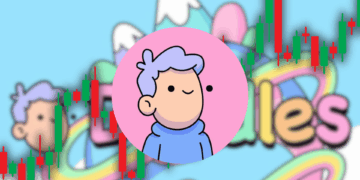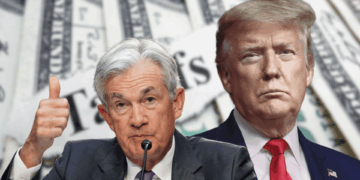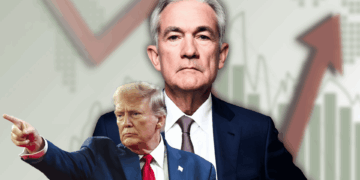- Avalanche ($AVAX) is positioning itself as a key Ethereum rival, focusing on efficiency for dApps and custom blockchain solutions.
- $AVAX is hovering near the $20 support level, with analysts eyeing a potential rise to $23-$24 if it breaks above $21.
- Market sentiment is mixed, with investors cautious amid geopolitical tensions and the upcoming Federal Open Market Committee (FOMC) meeting.
Avalanche ($AVAX) has emerged as a leading Layer-1 blockchain, positioning itself as a strong contender to Ethereum by providing enhanced efficiency for powering dApps and custom blockchain solutions.
Price Action
$AVAX is currently priced around $19.50, with a market cap of approximately $8.16 billion. Over the past year, the token has seen significant volatility — peaking above $50 in December before falling sharply during a broader market downturn. However, it is now showing signs of stabilization, with the price hovering just under the critical $20 support level, potentially indicating the early stages of a recovery.
Credit: CoinGecko
Price Predictions
Currently, $AVAX is trading slightly below the $20 mark, testing a critical support area. Looking ahead, analysts are watching closely, as a strong close above $21 could signal a reversal in trend. If that happens, $AVAX could rise towards the $23-$24 range in the short term. On the flip side, while the immediate outlook remains cautious, some analysts predict a longer-term target of $100 if the upward trend gains traction.
Market Sentiment and Developments
The sentiment surrounding $AVAX is currently mixed, with a slight bearish tilt. Investors are cautious, influenced by broader market conditions, including anticipation of the upcoming Federal Open Market Committee (FOMC) meeting. Additionally, rising geopolitical tensions and the uncertainty of potential global conflicts are weighing on the market.
Future Outlook
Looking ahead, Avalanche’s growth will largely depend on its ability to expand its ecosystem and attract more developers, while also navigating macroeconomic and geopolitical uncertainties.

















